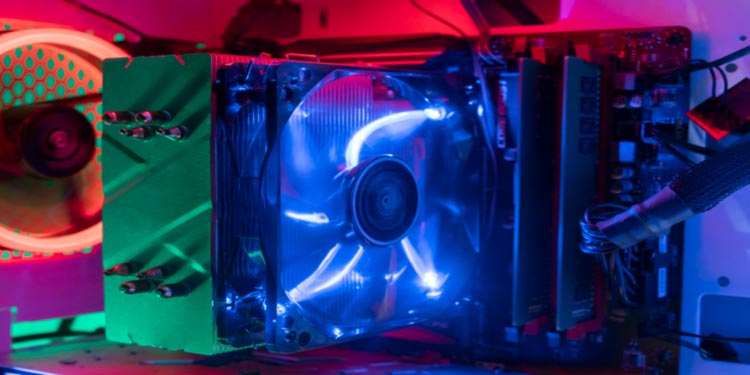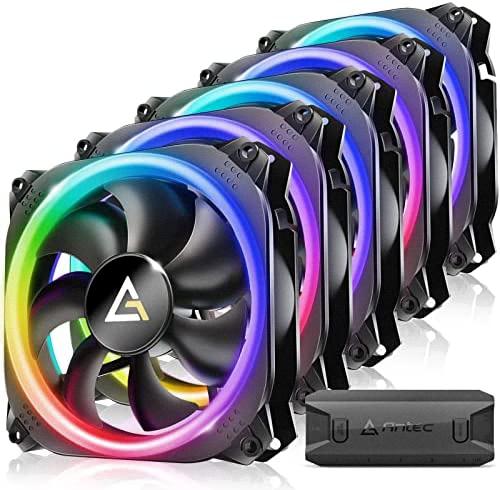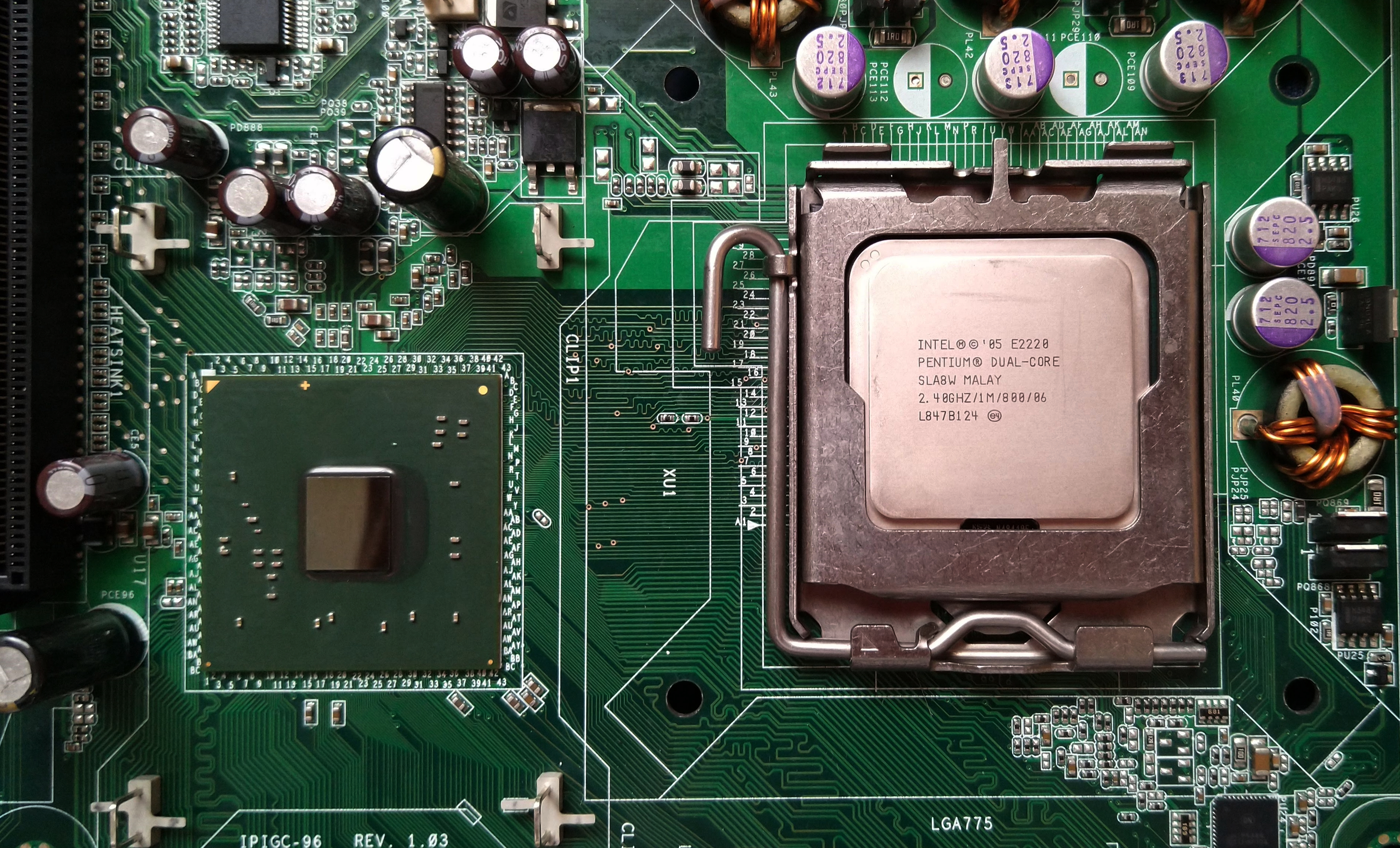Motherboards are an essential component of any computer system, and they come with various features that allow you to customize your PC according to your preferences. One of the most popular customization features is RGB lighting, which can add a touch of personalization and style to your computer. In this article, we will discuss how to connect RGB fans to your motherboard.
RGB fans are a great way to add some flair to your computer, but they can be a bit tricky to connect to your motherboard. There are two types of RGB fan connectors: proprietary connectors and standard connectors.
Proprietary Connectors
Proprietary connectors are unique to a particular brand or model of RGB fan. These connectors are often found on cheaper RGB fan kits and come with their own controller. If you have a fan with a proprietary connector, you will need to connect it to its controller and use the controller to change the fan’s RGB lighting.
Standard Connectors
Standard connectors are more common and come in two types: 3-pin and 4-pin connectors. These connectors can be connected directly to your motherboard’s RGB headers, allowing you to control the fan’s RGB lighting through your motherboard’s software.
To connect an RGB fan to your motherboard, you will need to identify the type of connector on the fan. If it has a standard connector, you will need to locate the RGB header on your motherboard. Most motherboards have at least one RGB header, but some may have two or more.
Once you have located the RGB header on your motherboard, you can connect the fan’s standard connector to the header. Make sure to align the pins correctly to avoid damaging the motherboard or the fan. You can then control the fan’s RGB lighting through your motherboard’s software.
If you have multiple RGB fans, you can connect them to a fan hub or splitter and then connect the hub or splitter to the RGB header on your motherboard. This will allow you to control all of your RGB fans through a single header.
Connecting RGB fans to your motherboard is a simple process as long as you know the type of connector on the fan and the location of the RGB header on your motherboard. With a little bit of patience and attention to detail, you can add some colorful flair to your computer and make it truly your own.

Can Corsair RGB Fans Be Plugged Into a Motherboard?
Corsair RGB fans can be plugged into a motherboard. This can be done by connecting the fan’s RGB LED wires directly to the motherboard’s ARGB connector. Alternatively, Corsair also provides a RGB hub that can be connected to the motherboard and then the fans can be connected to the hub. The RGB hub also allows for more control over the lighting effects and can be synced with other Corsair RGB products. It is important to note that not all motherboards have ARGB connectors, so it is important to check the motherboard specifications before attempting to connect the fans.
Can Motherboards Control RGB Fans?
It is possible for some RGB fans to be controlled by the motherboard. However, not all RGB fans are compatible with motherboard control, and there are two different, but similar, standards for RGB control that may cause compatibility issues.
Some RGB fans use proprietary connectors and come with their own controllers, which means they cannot be controlled by the motherboard. These kits often come with a remote control or a physical switch to change the lighting settings.
On the other hand, some RGB fans are designed to be controlled by the motherboard. These fans typically use either the 12V RGB or 5V addressable RGB (ARGB) standard. The 12V RGB standard uses a 4-pin RGB header on the motherboard, while the 5V ARGB standard uses a 3-pin header. It’s important to note that these two standards are not interchangeable, and using the wrong type of fan with your motherboard may result in compatibility issues.
If you want to control your RGB fans using your motherboard, you’ll need to make sure that your fans are compatible with either the 12V RGB or 5V ARGB standard, and that your motherboard has the corresponding header.

Connecting Fans to a Motherboard
To connect fans to your motherboard, you will need to locate the 3 or 4-pin fan headers on your motherboard. These headers are usually located near the CPU socket or around the edges of the motherboard. Once you have located the fan headers, you can connect the fan’s cable to them.
Here are the steps you can follow to connect a fan to your motherboard:
1. Identify the fan header: Locate the fan header on your motherboard. It will be labeled as “CHA_FAN,” “SYS_FAN,” or “CPU_FAN.”
2. Prepare the fan cable: If your fan has a 3-pin connector, skip to step 3. If your fan has a 4-pin connector, you will need to separate the fourth pin from the other three. You can do this by gently pulling the fourth pin out of the connector using a pair of pliers.
3. Connect the fan cable: Align the fan’s connector with the fan header on the motherboard and gently push it in until it clicks into place. Make sure the connector is secure and properly aligned.
4. Configure the fan settings: Depending on your motherboard, you may need to configure the fan settings in the BIOS or through software. You can adjust the fan speed, temperature thresholds, and other settings to optimize the fan’s performance.
It’s important to note that you should not connect too many fans to a single fan header, as this can overload the header and cause damage to your motherboard. Most motherboards can handle up to three or four fans per header, but you should consult your motherboard manual for specific guidelines.
Conclusion
The motherboard is an essential component of any computer system, as it serves as the central hub that connects all the other components. It is responsible for managing the flow of data between the CPU, RAM, storage devices, and other peripherals. When choosing a motherboard, it is important to consider factors such as compatibility with the CPU, the number and types of expansion slots, the number and types of ports, and the overall size and form factor. Additionally, it is important to understand the different standards for controlling RGB lighting, as not all RGB fans can be controlled by the motherboard, and there are two similar, but incompatible standards. the motherboard plays a crucial role in the performance and functionality of a computer system, and careful consideration should be given when selecting one.













